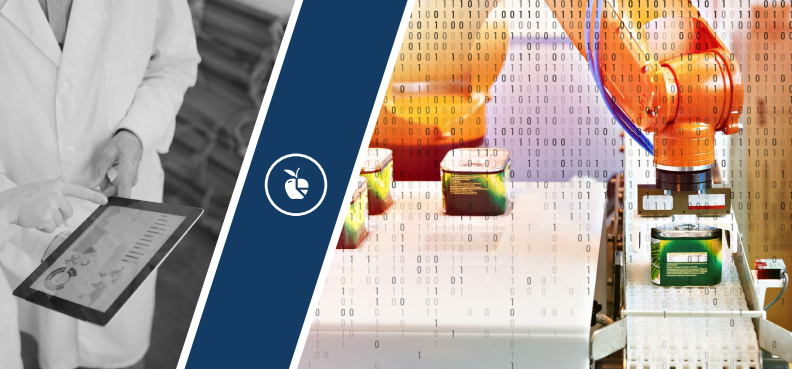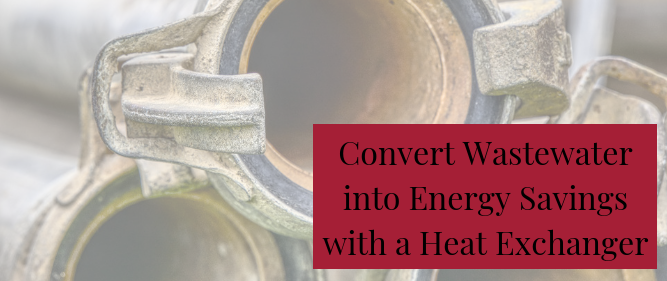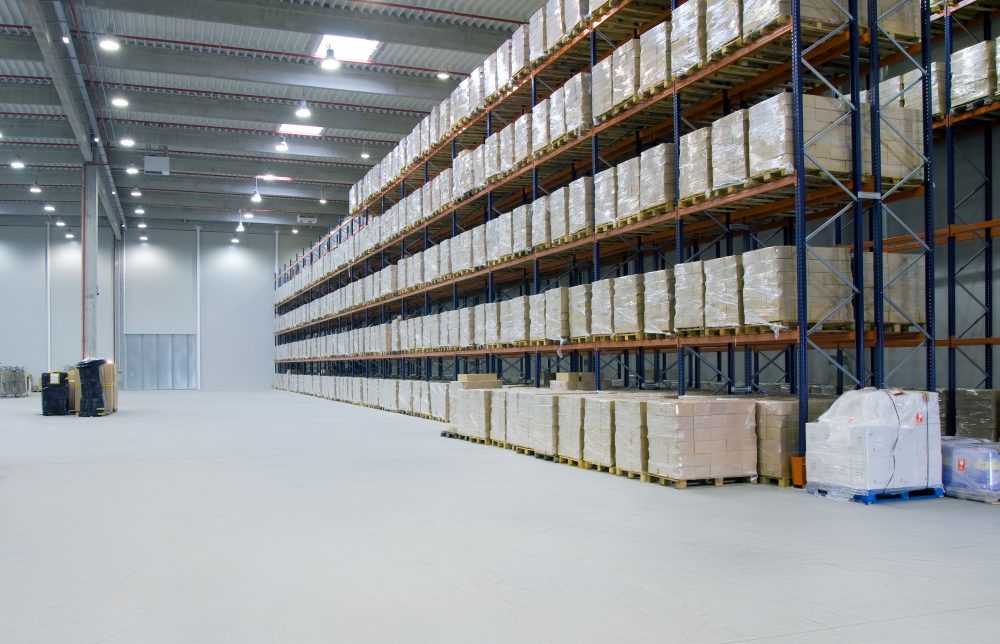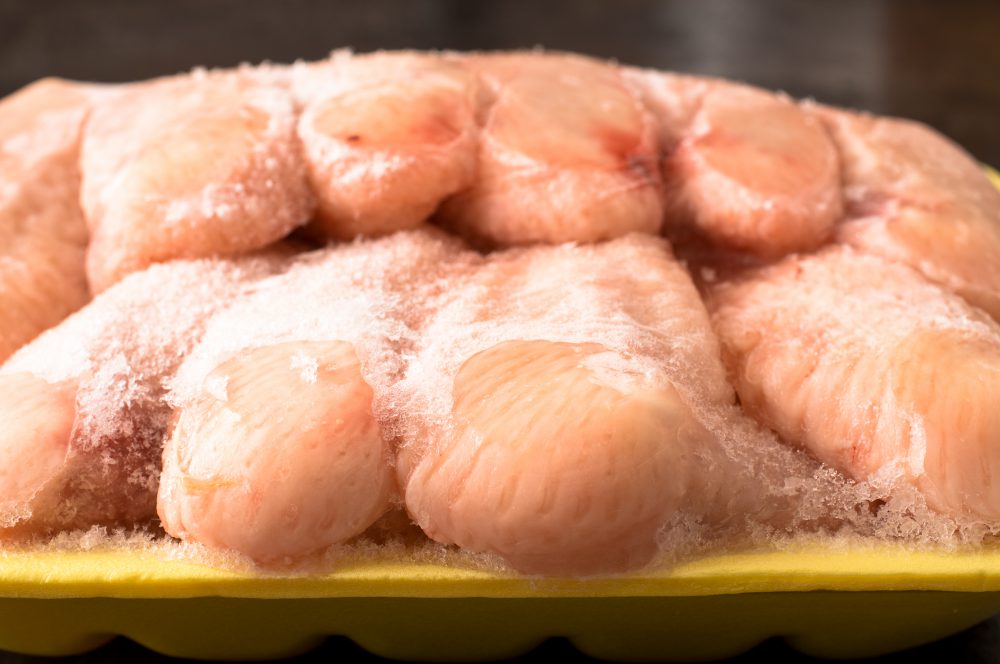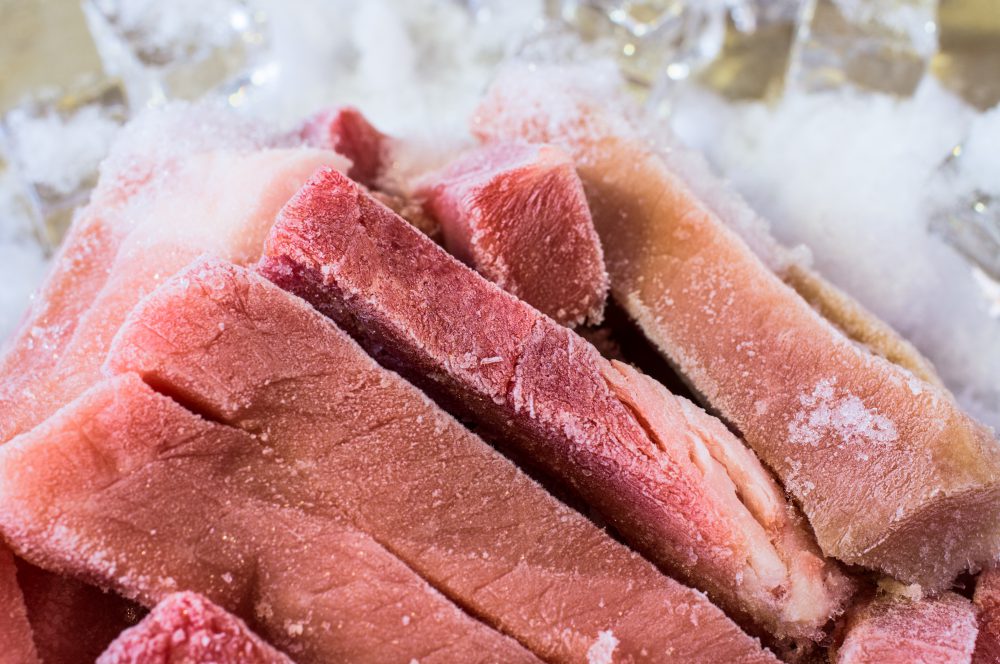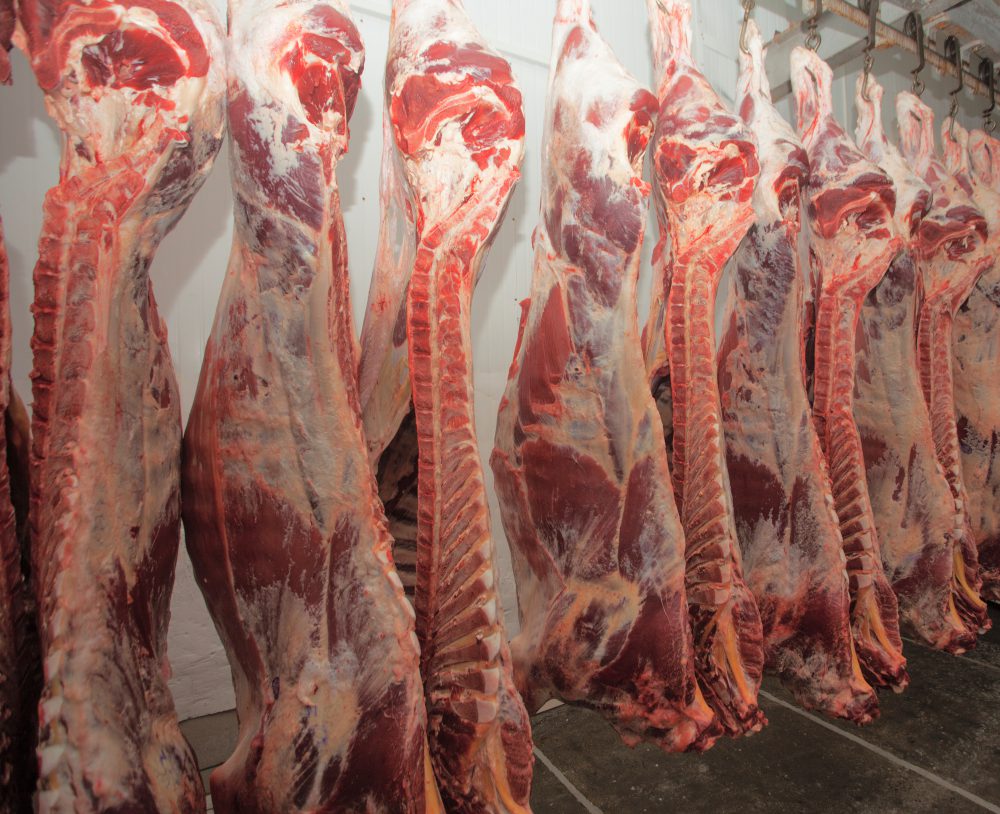3 Applications for Big Data in Food Plants
Big data comprises the large volume of data that businesses collect on a day-to-day basis. The question is: Are you taking advantage of it?
Data and analytics tools can be customized to meet your facility’s unique needs and goals — whether you simply want to gain insights to resolve certain pain points or install system-wide automation technology that takes your efficiency to the next level.
Let’s take a look at three applications for big data in a food processing facility:
Continue Reading “3 Applications for Big Data in Food Plants”



